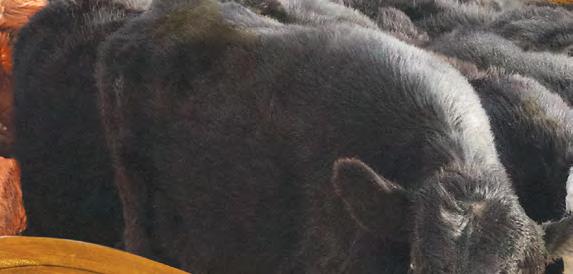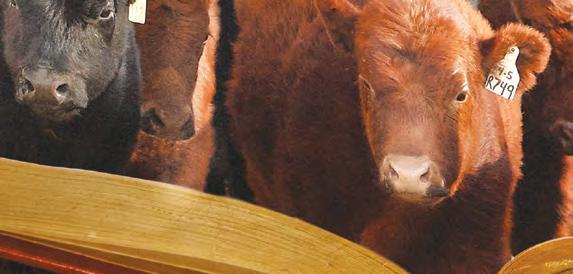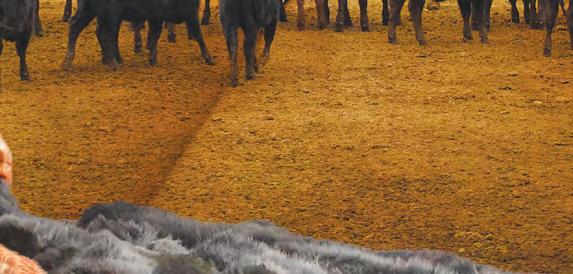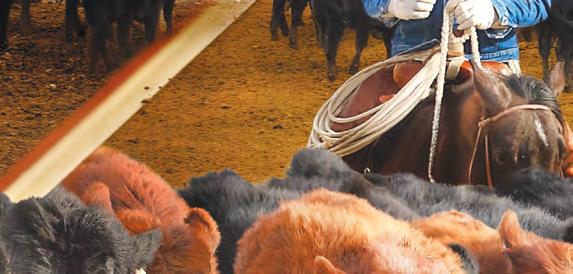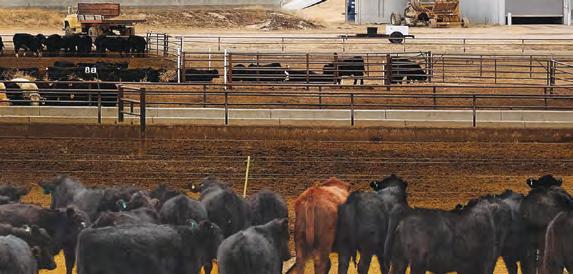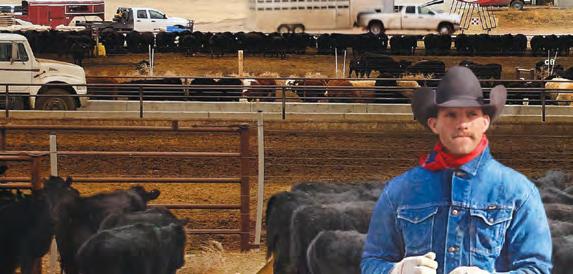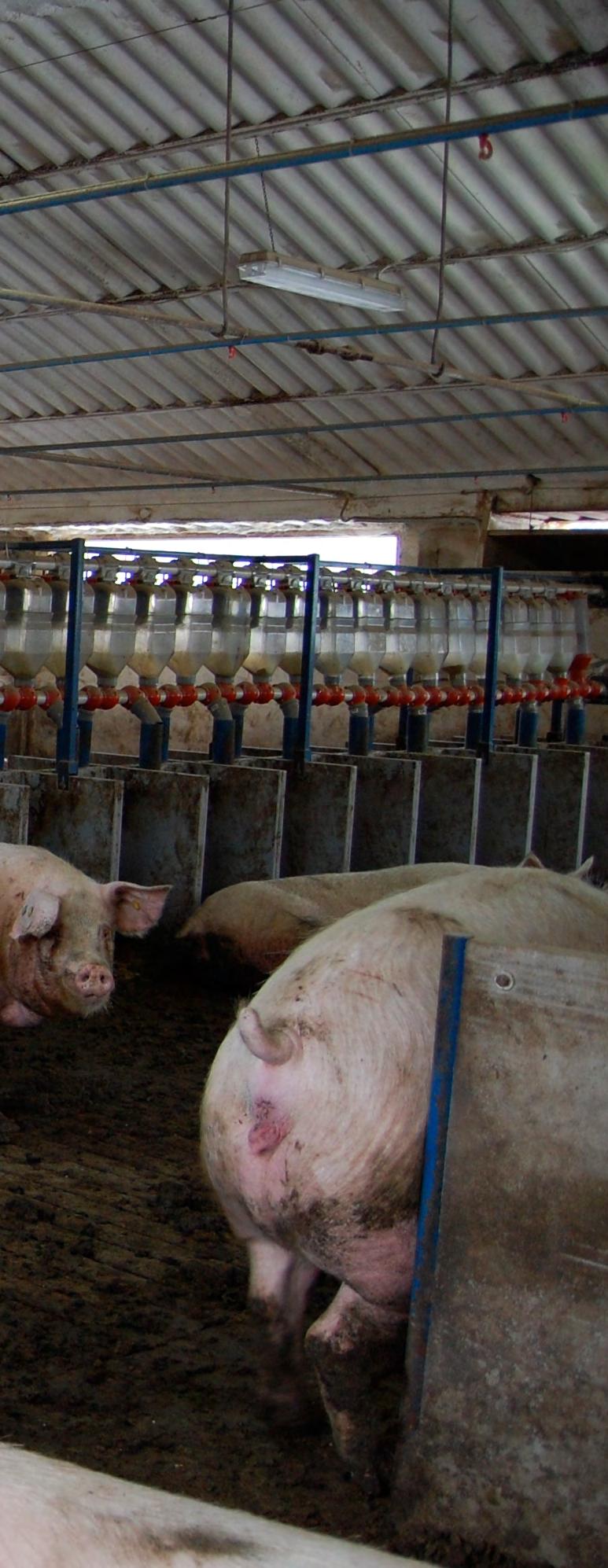
3 minute read
Systematic Approaches to Biosecurity Investments
By: Dr. Jim Lowe, Production Animal Consultation
As producers we all want to minimize the number of new diseases that are introduced in our herd. We use biosecurity practices to accomplish that. Because biosecurity practices often disrupt routine production practices or require significant capital investments there are tradeoffs when making decisions.
When constructing a biosecurity system it is critical that a whole-system approach be applied, where biosecurity investments address the most likely routes of disease introduction first. Often the most effective practices (i.e., those that address the most likely routes) are the most expensive or hardest to implement therefore making it tempting to pick the “low hanging fruit” from the biosecurity tree but being frustrated when the rate of new disease introduction is higher than you would expect. I like to think about biosecurity as buying insurance.
Developing robust biosecurity systems starts with understanding how likely new diseases are to be introduced and what the most likely routes are. Practically this means that farms in dense regions are more risky than farms in low density regions and need to “buy more insurance”.
We can determine the amount of “insurance” you should purchase by estimating the number of times the farm has contact with the “outside world” multiplied by the probability that the pig, thing or person is contaminated with a new infectious disease. Higher density regions mean that pigs, things and people contacting the farm are more likely to be infected. We will use a case example to see how we can apply this idea in practice.
2,500 sow breed-to-wean farm located in a swine-dense region.
This farm has a long history of new PRRS outbreaks that has tried multiple things over the years with little impact on the rate of new introduction. Each new PRRS virus costs about $1 million. The owner and the manager have different ideas about the best way to improve biosecurity.
The owner wants to build a compost bay as rendering is the biggest issue; the manager wants to build a new load out facility to allow for staged loading. The owner does not buy the truck argument. He pays for the trucks to be washed and disinfected but not dried. He thinks the $300 per truck twice a week is a big investment, but the truck hauls pigs for at least 4 other farms. The manager is not concerned that the rendering is a real issue because they have a good two-sided rendering shed.
The farm doesn’t have the money to do both so they have to choose. The first step is to understand the costs of both options. The next step is to determine the risk that each route of transmission creates for the farm. The final step is to determine the value of the change by determine the amount of risk (contact rate x contamination rate) that remains after the intervention and subtract that and the costs from risk created by that route. In this case:
Owner Plan for Composting

Costs: $50,000, operating costs and amortized annual investment
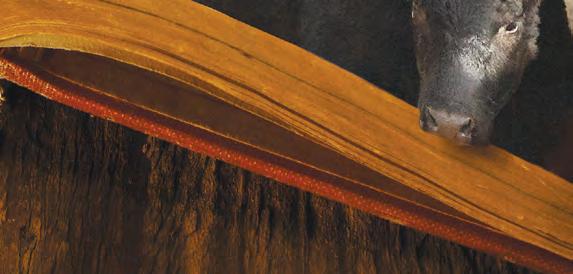
Risk: 2 pickups per week x 26 weeks (cold weather) x 5% contamination rate x 20% cross contamination rate x $1 million per failure = $520,000/year losses from rendering.
Value: New contact rate is 0 meaning that all of the risk from dead stock disposal is eliminated. Value of Composting = $520,000 - $50,000 cost - $0 remaining risk = $470,000 per year
Manager Plan for Staged Loading
Costs: $75,000 construction, amortized over 10 years = $7,500 per year cost
Risk: 104 loads per year x 10% contamination rate x 10% cross contamination rate x $1 million per failure = $1.04MM/year losses from trucking.
Value: Contact rate unchanged, cross contamination rate drops to 1%. The remaining risk is $104,000/year. Value of new staged loading = $1.04MM - $7,500 cost - $104,000 remaining risk = $928,500 per year.
Summary
In this case the staged loading investment, while not eliminating all of the risk of trucking, produces about twice the value per year as the composting investment even though all of the rendering risk is eliminated with composting.
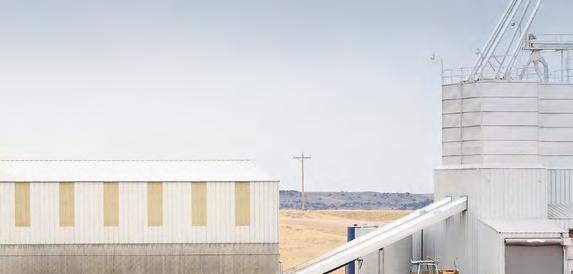
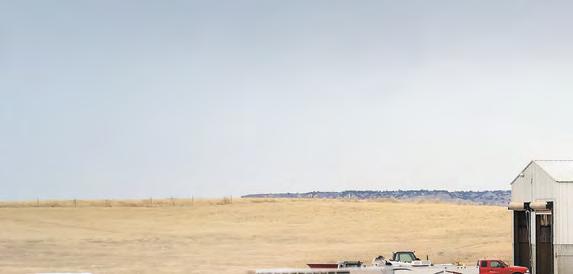
The key point is that by understanding the likelihood of a given route being infected with a disease we can direct biosecurity practices and investments in a manner that results in the greatest economic return. These risks will vary from farm to farm and require an understanding of the entire system if you want to make the best business decisions.
